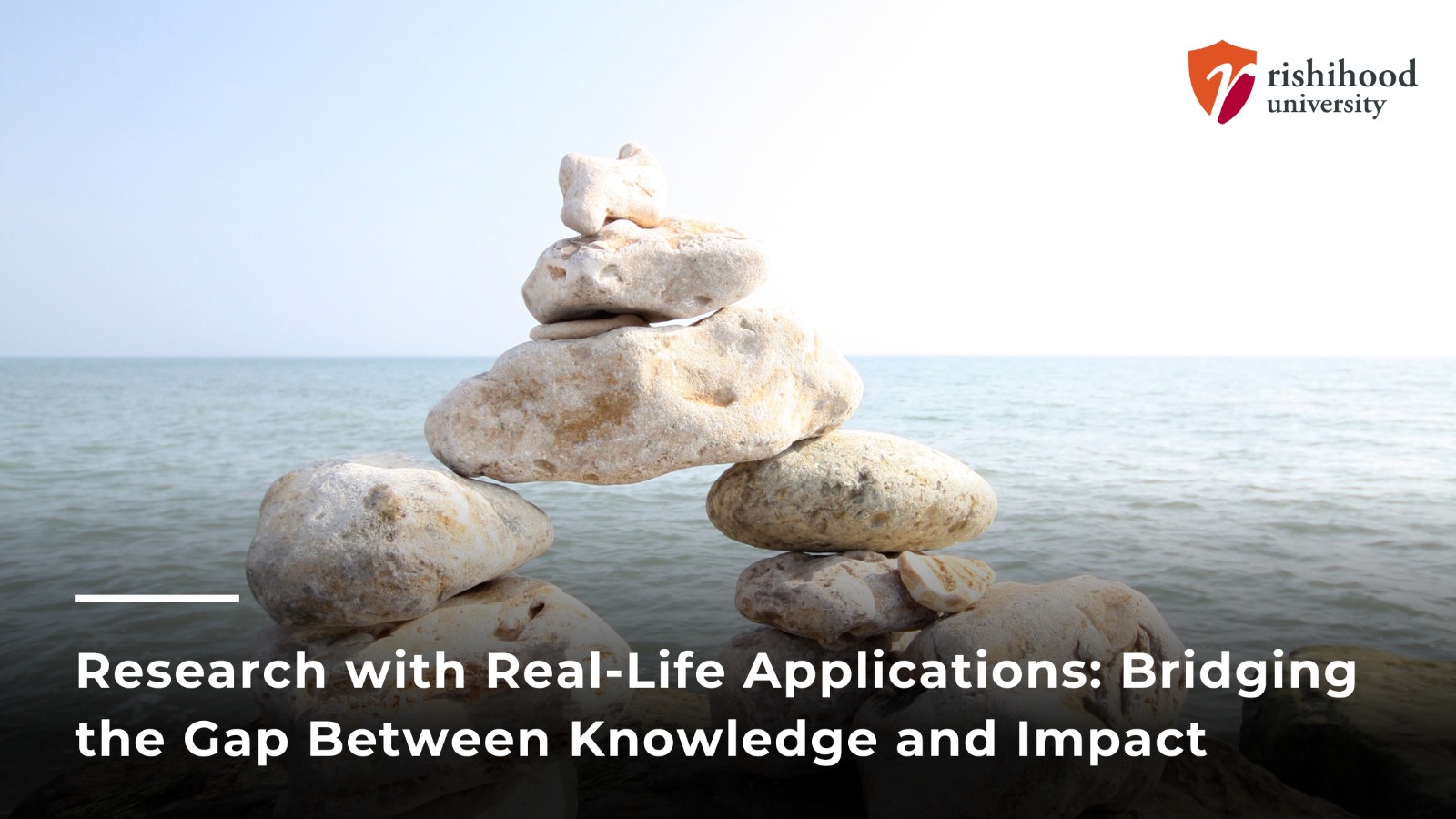In the vast landscape of academic research, the context within which investigations take place often becomes the decisive factor. A sharp distinction emerges when we compare the visionary approach of organizations like ISRO to that of Public Sector Enterprises. While one envisions groundbreaking achievements for the greater good, the other may find itself entangled in egocentric pursuits—focused on metrics like publications, citations, awards, and promotions.
This stark contrast brings to light a critical perspective on the purpose and direction of research. The contradiction is evident in the prevalent academic mindset, where individual achievements often overshadow the ultimate goal of research—serving humanity.
Marie Curie, a pioneering figure in scientific history, exemplifies the essence of research rooted in ecocentric thinking. Despite the risks posed by ionizing radiations, Curie relentlessly pursued her work on radioactivity, anticipating its potential application in cancer treatment. Her dedication echoes a profound truth—research, at its core, can address real, imaginary, or complex issues that lie at the intersection of the tangible and the intangible.
A testament to the power of research with tangible impact lies in the work conducted at the MILE lab, Department of Electrical Engineering, IISc, Bangalore. Here, the focus is on real applications, utilizing real data to address the needs of real people. From innovations in human-computer interface technologies, such as a book reader for the blind, to advancements in biomedical engineering, and the exploration of the brain’s electrical activity during non-ordinary states of consciousness—deep sleep, hypnosis, meditation, and slow-paced breathing—the MILE lab exemplifies a commitment to research with practical implications.
In a recent session on “Real Life Research Applications,” Senior Professor A G Ramakrishnan from IISc, Bengaluru, emphasized the pivotal role of context in research. He underscored that research serves as the compass directing innovation and advancement across various sectors. By producing knowledge with practical everyday applications, research becomes the primary driver of revolutionary change.
Professor Ramakrishnan delved into the vision of ISRO, highlighting how its top-notch deliverables are a testament to the organization’s visionary outlook. He further elaborated on the foundational role of research in societal improvement, enhancing our capacity to understand, adapt to, and improve the environment around us.
The professor’s own work became a compelling example of research making a tangible impact. His utilization of AI and ML tools to develop optical character readers (OCRs) and Text-to-speech (TTS) tools showcased how cutting-edge technology can be harnessed for practical applications, contributing to the accessibility of information.
The session concluded with a surprising yet simple practice to enhance the nutrition and signal-to-noise ratio of our brains. Professor Ramakrishnan also shared his massive transformative purpose—ensuring that every school in Bharat is extraordinary. This commitment aligns with the broader vision of research not just as an academic pursuit but as a force driving positive change in society.
In essence, the session and the work at the MILE lab underscore that research, when grounded in the real world, becomes a catalyst for innovation and societal progress. It is a reminder that the true power of research lies not just in the pursuit of knowledge but in its application for the betterment of humanity.

